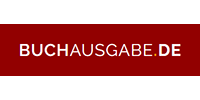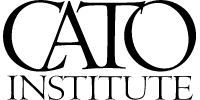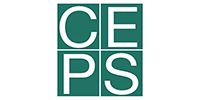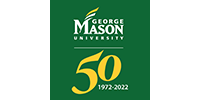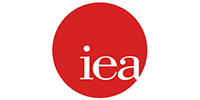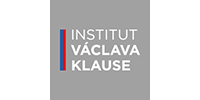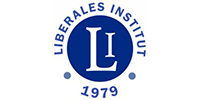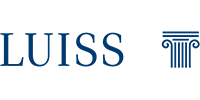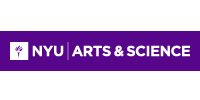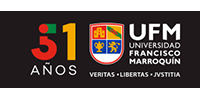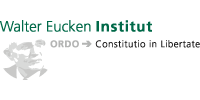The Gold/Ski Pass Ratio 2024
On Friday at night I mount the skis on my car and then I go
To the Stubaital or Zell am See
Because there on the mountains above there’s always plenty of snow…
Because I want to go skiing!
Because skiing is the most fun of all (= “leiwandste”)!
Wolfgang Ambros, Schifoan
“Schifoan”(= skiing) by Wolfgang Ambros is one of the great Austropop hits. No other song reflects the passion of the Austrians – including ourselves – for skiing so thoroughly: the longing on the journey to the ski resorts, the pleasure of skiing in the sunshine and powder snow, the exuberant atmosphere in the ski huts and the impossibility of leaving the snow-covered mountains for the big city on a Sunday evening. As they say, a bad day on the slopes still beats a good day at work.
However, this joy has been dampened by the price increases for ski tickets in recent years. The current inflation wave over the past two years has not left the “entrance fees” to the winter wonderland unscathed. With an increase of 10.2%, ski ticket prices have risen even more sharply this winter season than in the 2022/23 winter season. Last year, an equally weighted index of 11 ski resorts in Salzburg, Tyrol and Vorarlberg1 “only” rose by 8.1%. These sharp increases have certainly shocked many ski enthusiasts.
Since the 1990/91 winter season, ski ticket prices have risen by an average of 3.5% annually. This means that over the past 33 years, the ski ticket inflation rate has been a whole percentage point higher than the average inflation rate of 2.4% year after year. In other words: while consumer prices more than doubled during this period, ski ticket prices more than tripled.

Once again, however, it is gold investors who do not have to be shocked by these increases in euro prices. What is true for Oktoberfest beer and iPhones also is true for ski tickets.2 For gold investors, the purchasing power of an ounce of gold in terms of daily ski passes is just as high this ski season as it was last season. Gold investors receive 27.6 ski tickets for an ounce of gold this winter season, the same as last winter. This is indeed a very extensive ski season.
The long-term comparison is even more impressive: Only in the winter seasons of 2012/13 (29.0) and 2011/12 (28.3), as well as in the Covid-19 winter of 2021/22 (28.0), when opportunities for skiing vacations were severely restricted, was the day ski pass purchasing power of gold higher than this year. In contrast, an ounce of gold only bought 8.5 day tickets in the 1998/99 winter season and 12.0 in 1990/91 at the beginning of our records.

This is simply because the price of gold rose by an average of 6.1% per year during this period, which corresponds to a seven-fold increase in the price of gold.
To put it differently: a gold investor has to spend 57% less gold on a day ticket this winter season than in the winter of 1990/91. Compared to the most expensive winter, that of 1998/99, the current price in gold is almost 70% less. Back then, 0.118 ounces of gold had to be paid for a day pass, while this winter you only have to fork over 0.036 ounces.
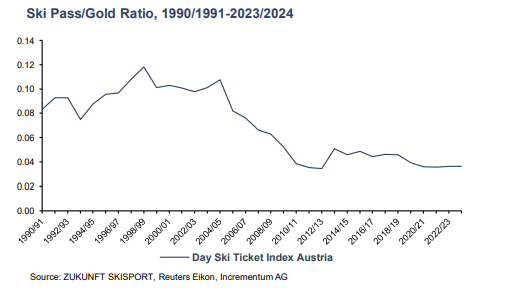
It should also not be forgotten that a great deal has changed in Austrian ski resorts over the past 30 years. The number of lifts has increased significantly, as has passenger capacity and comfort. Many years ago, thickly wrapped skiers would arrive half-frozen at the top station of the 2-seater chairlift, but today 4- or 6-seater chairlifts with heated seats and wind protection are standard. T-bar lifts have been replaced by chairlifts and chairlifts by gondola lifts. Waiting times at the lifts are almost as non existent as single chairlifts. Moreover, the drastic expansion of artificial snowmaking has made skiing significantly less dependent on precipitation.
The gold investor now spends much less gold on ski tickets than 30 years ago, while gaining notably more in return.
Key Takeaways
• Many skiers are seeing their skiing enjoyment dampened by sharp price increases in ski tickets this and last winter. On a euro basis, day tickets in 11 renowned Austrian ski resorts are almost 20% more expensive this winter than in the 2021/2022 winter season, and just over 10% more expensive than last winter.
• Those who invested in gold were completely spared these price increases in euros. Gold investors receive 27.6 day ski passes for one ounce of gold this winter, exactly the same number as last year. In the 1998/99 winter season, an ounce of gold bought only 8.5 day tickets, compared with 12.0 in 1990/91 when our records began. In a long-term comparison over 33 years, gold investors have to pay 57% less gold for a day ski pass this winter. Compared to the most expensive winter for gold investors in 1998/1999, it is almost 70% less, despite a considerable improvement in infrastructure in the ski resorts.
• Gold is therefore ideal for not only maintaining purchasing power over long periods of time, but even increasing it, whether at the Oktoberfest, with an iPhone or on the ski slopes.
This report was originally published here: https://ingoldwetrust.report/wp-content/uploads/2024/01/IGWT-Special-2024-Gold-Ski-Pass-Ratio-EN.pdf







